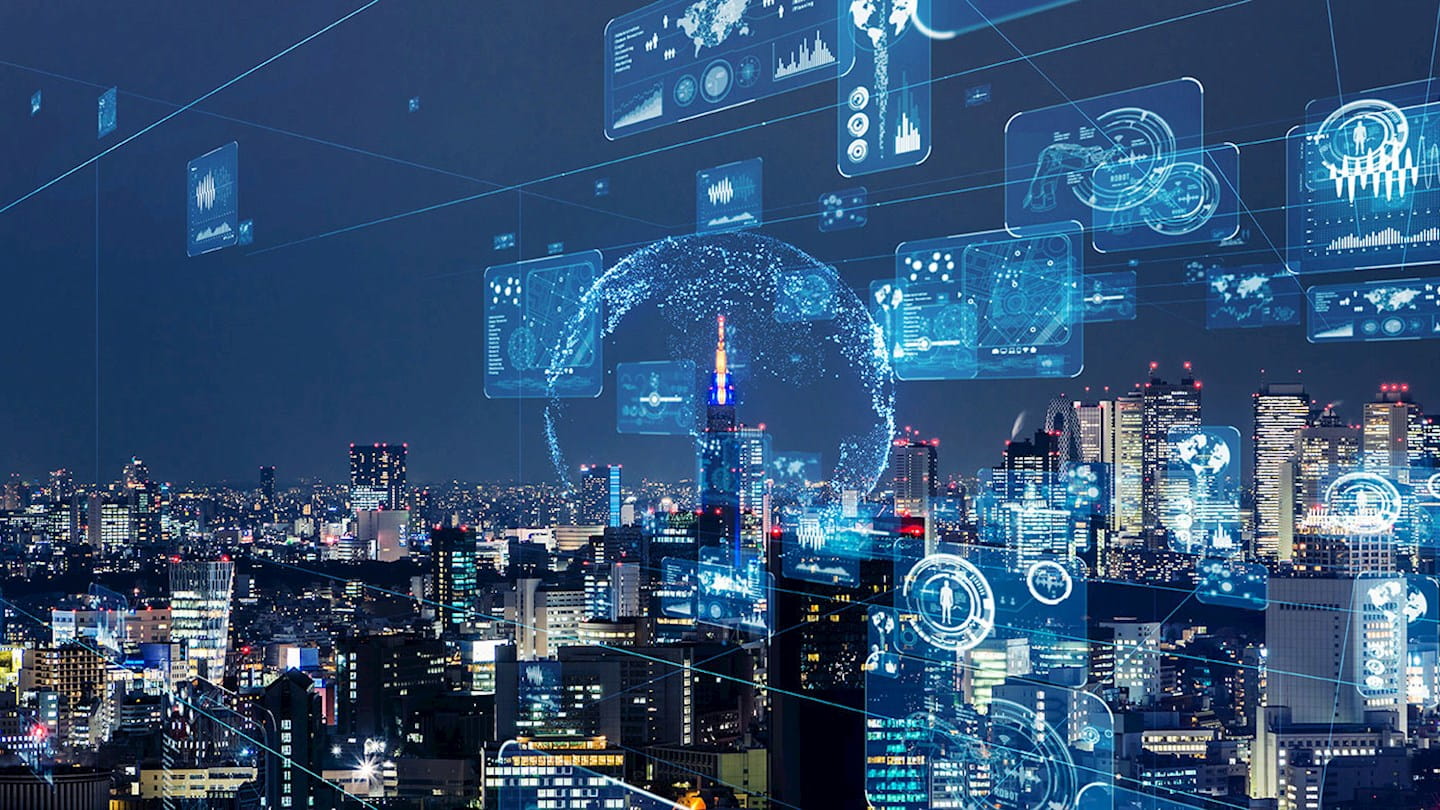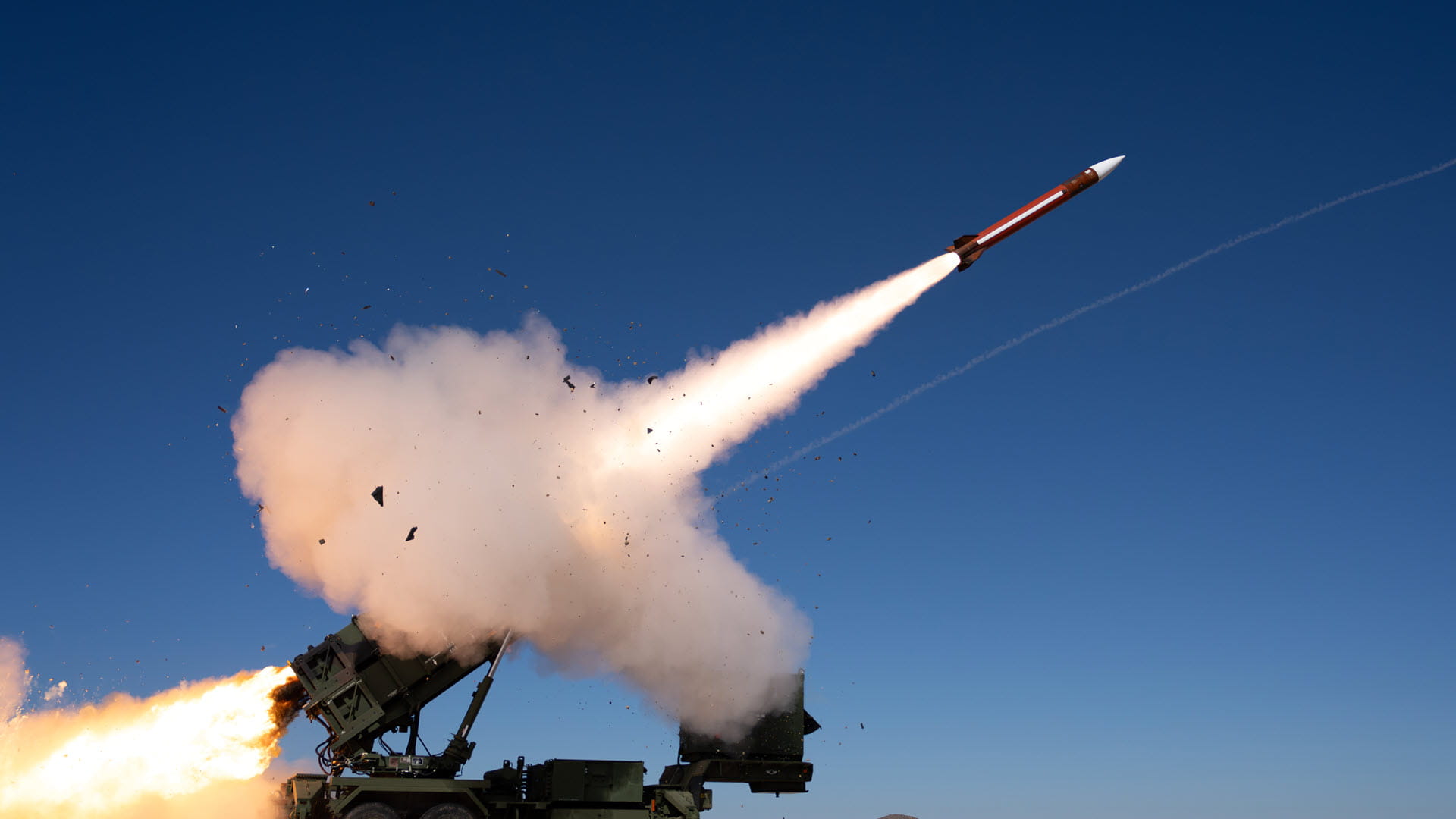Transformative Technologies - How Raytheon Technologies Is Shaping the Future
The merger of Raytheon and United Technologies combined two companies with distinctive legacies in transformative technologies – breaking barriers, designing unique solutions and reimagining the possible.
Raytheon Technologies will continue building on that history as we shape the future of air travel, global defense and space exploration.
While combining two corporate cultures is never easy, our goals haven’t changed: Delivering products and systems that push the boundaries of known science. What has changed is that Raytheon Technologies has more than 60,000 engineers and scientists who are collaborating across the company and leveraging complementary skills to yield new breakthroughs.
Throughout our history, our engineers have confronted some of the world’s most daunting challenges. That heritage includes developing the radars and aircraft engines that helped the Allies prevail in World War II; the computer that guided Apollo 11 to the moon; and the environmental satellite systems that generate detailed information on severe weather events.
Today, our challenges are no less daunting, or dangerous: Climate change, persistent adversaries, and — most recently — a deadly virus. When the COVID-19 pandemic struck, Raytheon Technologies quickly used more than 100 3D printing machines to create life-saving face-shield headbands for healthcare workers worldwide.
Our ability to quickly develop innovative solutions to real problems is a result of Raytheon Technologies’ commitment to research and innovations that make the world safer, smarter and better connected.
Our transformative technologies have resulted in era-defining achievements, including the pioneering use of gallium nitride (GaN), the deployment of increasingly sophisticated military radars and defense systems, and the development of advanced materials for aircraft weight reduction.
Here are three essential technologies we’re using to create unique solutions that help our customers achieve their goals:
Artificial Intelligence and Machine Learning
Artificial intelligence — and its machine learning subset — are assuming major roles in helping Raytheon Technologies’ customers solve complex problems. AI refers to any adaptable system that will respond to a human request, while machine learning is a set of algorithms that can be used to gain deeper insights into data. These technologies are deeply relevant to customers awash in information and increasingly depending on machine autonomy to meet their objectives.
“There is always a human on the other side, and we need to connect that human to whatever the automation really is,” said Ilana Heintz, lead scientist at Raytheon BBN Technologies.
AI and machine learning have many functions, including command-and-control aircraft support; robotics; speech translation and media processing; training, and design operation. These technologies must be explainable and trustworthy as they enhance the speed and accuracy of all our processes, products and systems.
They also increase the efficiency of our aftermarket operations. One real-world example is intelligent maintenance and operations. We’ve created sophisticated algorithms that can predict when an airplane engine part needs to be replaced before it wears out or breaks down, increasing efficiency and safety.
Another example is our Multi-INT data processing systems. An unmanned aerial vehicle (UAV) can collect hundreds of thousands of hours of video in search of explosive devices. Reviewing this massive amount of footage is impossible for humans, but not for a machine trained to identify those devices.
“You can train a machine to spot things that are interesting, and machines never get tired,” Heintz said.
Advanced Propulsion
Advanced propulsion gets you where you need to go — faster, more safely and with great sensitivity to the environment. The integration of Raytheon and United Technologies will advance those objectives, specifically in developing revolutionary engine architectures and technologies that give top priority to efficiency and climate mitigation.
“Look at what countries around the world are driving toward,” said Matthew Teicholtz, program chief engineer, Military Development Programs at Pratt & Whitney. “We have to increase the performance of our engines and create a greener environment.”
We have a rich history upon which to draw.
In the 1960s, for example, Pratt & Whitney’s J58 engine powered the SR-71 Blackbird reconnaissance jet, which was capable of flying faster than a rifle bullet. More recently, Pratt & Whitney introduced the Geared Turbofan engine, which offers double-digit improvements in fuel consumption, environmental emissions, engine noise and operating costs.
Those same expectations of performance and sustainability drive our current research. As governments around the world place greater restrictions on emissions and noise — and as customers require aircraft that can travel greater distances — new, disruptive technologies will be required. They include hypersonic, hybrid-electric, multi-megawatt electric, and rotating detonation engines. We’re also working on small, expendable engines that could revolutionize air power.
The merger of United Technologies and Raytheon could create new opportunities in bringing together, for example, aircraft and environmental control systems with missile systems and sensors. The result can be future systems that solve customers’ challenges before they face them, Teicholtz said.
Cybersecurity
Every modern system — from individual sensors and jet engines to vast connected ecosystems — is susceptible to cyberattacks. As defense and commercial aviation systems have become more highly connected, autonomous and electrical — and as the threats against these systems have become more sophisticated — cybersecurity needs have increased.
“Many of the headlines you read today are about damage done by amateurs and mass market cyber threats but, in reality, the most damaging cyber threats are named and numbered organizations with serious capabilities that leading cyber companies and government agencies have been fighting for years,” said Bruce Witten, Vice President & Chief Product Security Officer at Raytheon Technologies.
We meet these challenges on multiple fronts by constantly developing new ways to enhance the hardening and resilience of all our solutions.
The Raytheon CODE Center, for example, is used to test networks, systems and platforms by exposing them to realistic, nation-state cyber, anti-tamper and radio frequency attacks. The center can also replicate various networked environments and cyber-physical systems, including air traffic control, power grids, water supplies, missiles, radars and security operations centers.
When testing is complete, the CODE Center team of cyber experts develops technologies, processes and software to deliver field-proven and mission-reliable cyber solutions.
Our constant innovation in cybersecurity allows us to build trust with our clients – trust that every product or system we create is designed with world-class cybersecurity capabilities. That trust is critical to our brand.
“We need to deliver security over time,” Witten said. “Our adversaries never stay still.”



